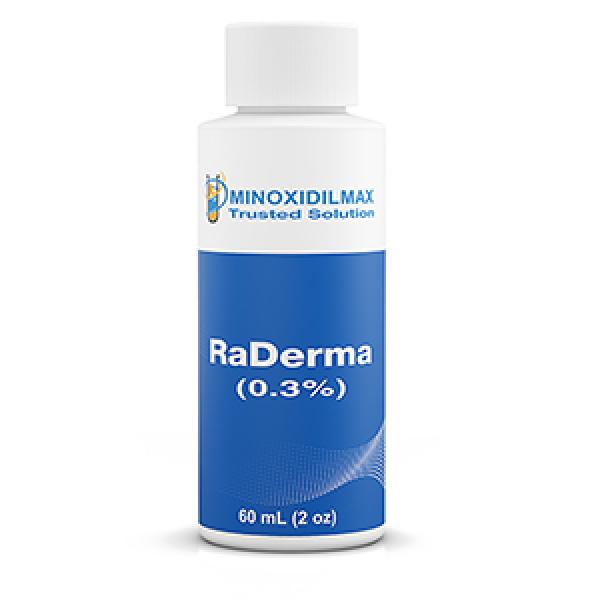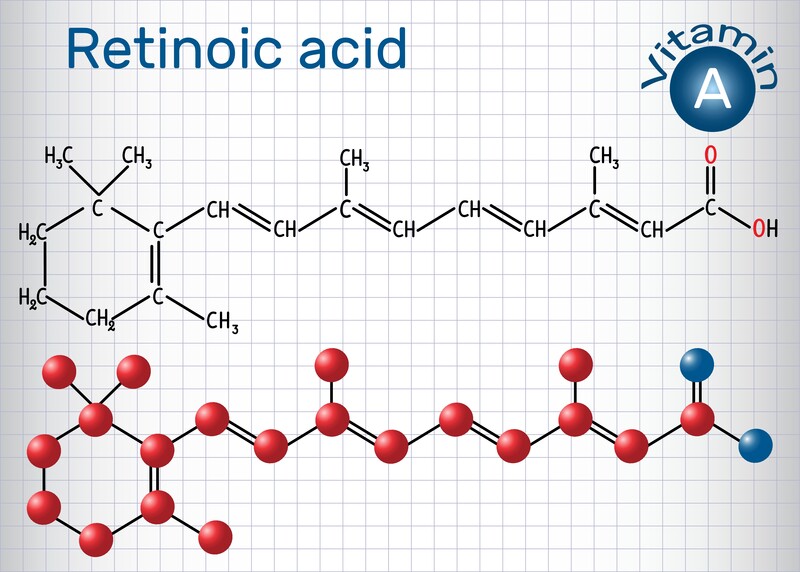Retinoic acid, the active form of vitamin A, is a vital player in cell growth and differentiation, immune system function, and vision. Its role extends beyond these basic functions, reaching into the world of dermatology and cosmetology, where it has found utility in managing various skin conditions, from acne to signs of aging. Recently, it has piqued the interest of researchers for its potential effects on hair loss.
Typically, retinoic acid is known for its impact on the skin, as it accelerates cell turnover, which enhances the skin’s exfoliation process. However, this transformative compound does not limit itself to skin cells; it also impacts hair follicles, providing potential benefits for hair growth.
How does Retinoic acid work against hair loss?
Retinoic acid has demonstrated its potential to promote hair growth in two primary ways. First, it encourages the proliferation of hair follicle cells. Second, it plays a vital role in the “anagen” phase of the hair cycle, which is the active growth phase of hair follicles.
When discussing hair growth, understanding the hair growth cycle is crucial. Hair growth is not a continuous, ever-going process; it follows a cycle that consists of three stages: anagen (growth phase), catagen (transition phase), and telogen (resting phase). Hair loss often occurs when there is a disruption or imbalance in this hair cycle.
The intriguing part of retinoic acid’s function comes from its influence on the anagen phase of the hair growth cycle. When the hair follicle enters the anagen phase, it starts growing hair. Prolongation of the anagen phase means longer hair growth, while premature termination leads to hair loss. Retinoic acid has been shown to extend the duration of the anagen phase, thus promoting hair growth.

Scientific studies on the effect of retinoic acid
In a study published in the Journal of Investigative Dermatology, it was found that retinoic acid can stimulate the growth of human hair follicles in culture and enhances the hair growth-stimulating effects of minoxidil, a drug commonly used to treat hair loss. This synergy between retinoic acid and minoxidil could be a promising combination therapy for individuals suffering from hair loss.
Potential side effects
However, as with most treatments, retinoic acid is not without its potential downsides. Overuse or misuse of retinoic acid can lead to hair loss, a condition known as retinoid-induced hair loss. Retinoic acid can be irritating to the scalp, and its overuse can lead to inflammation, which can, in turn, lead to hair shedding. Thus, it is essential to use this potent compound under the guidance of a healthcare provider.
Where to buy Retinoic acid?
If you are interested in trying out retinoic acid we advise you to check out this website










